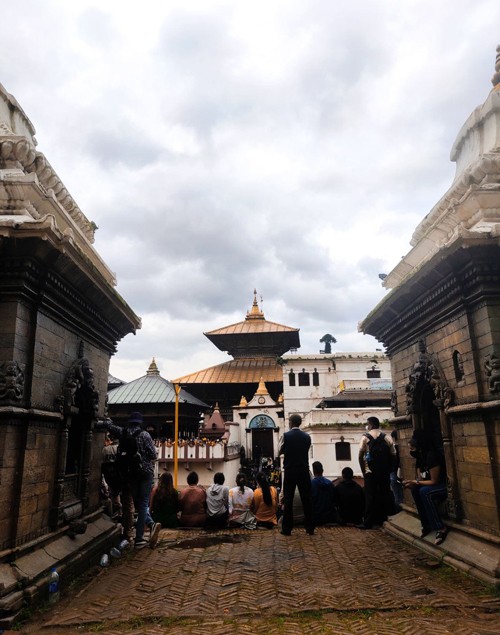Nepal
Nepal is a geographically manifold country. Nepal is a landlocked country with a diverse range of geography. For a nation of its size, Nepal boasts very diverse geography. It rises to 90 peaks over 7,000m.|22,966ft., including the highest point on Earth, Mount Everest or Sagarmatha, at 8,848.86m.|29,031ft., from as low as Kechana at 59m.|194ft., in the tropical Terai, on the northern edge of the Gangetic Plain. The weather varies from hot to cold depending upon the regions of Nepal.
There are 175 mammal species, 836 bird species, 147 reptile species, amphibian species, 180 fish species, 640 butterfly species, and more than 6,000 species of moth in Nepal. Of these, nine bird species, three reptile species, and 26 mammal species are endangered. These species include the Bengal tiger, one-horned rhinoceros, musk deer, snow leopard, swamp deer, buffalo, red panda, clouded leopard, Ganges dolphin, Asiatic Elephant, gharial, and more.
In Nepal, which has a population of 29.3 million people, there are 126 distinct ethnic groups, and they all speak 123 different languages. Hinduism is practiced by more than 80% of the population, with minorities of Buddhists, Muslims, and Christians.
Nepal has a lot to offer to adventure lovers as well as cultural and traditional enthusiasts. There are several packages offering peak climbing, trekking to the Himalayas, hiking, tours of the city, and enjoy the jungle safari.




